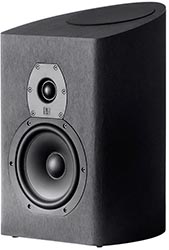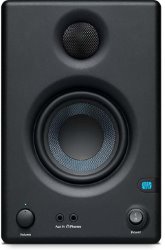Monoprice Monolith THX-265B vs. Presonus Eris E3.5
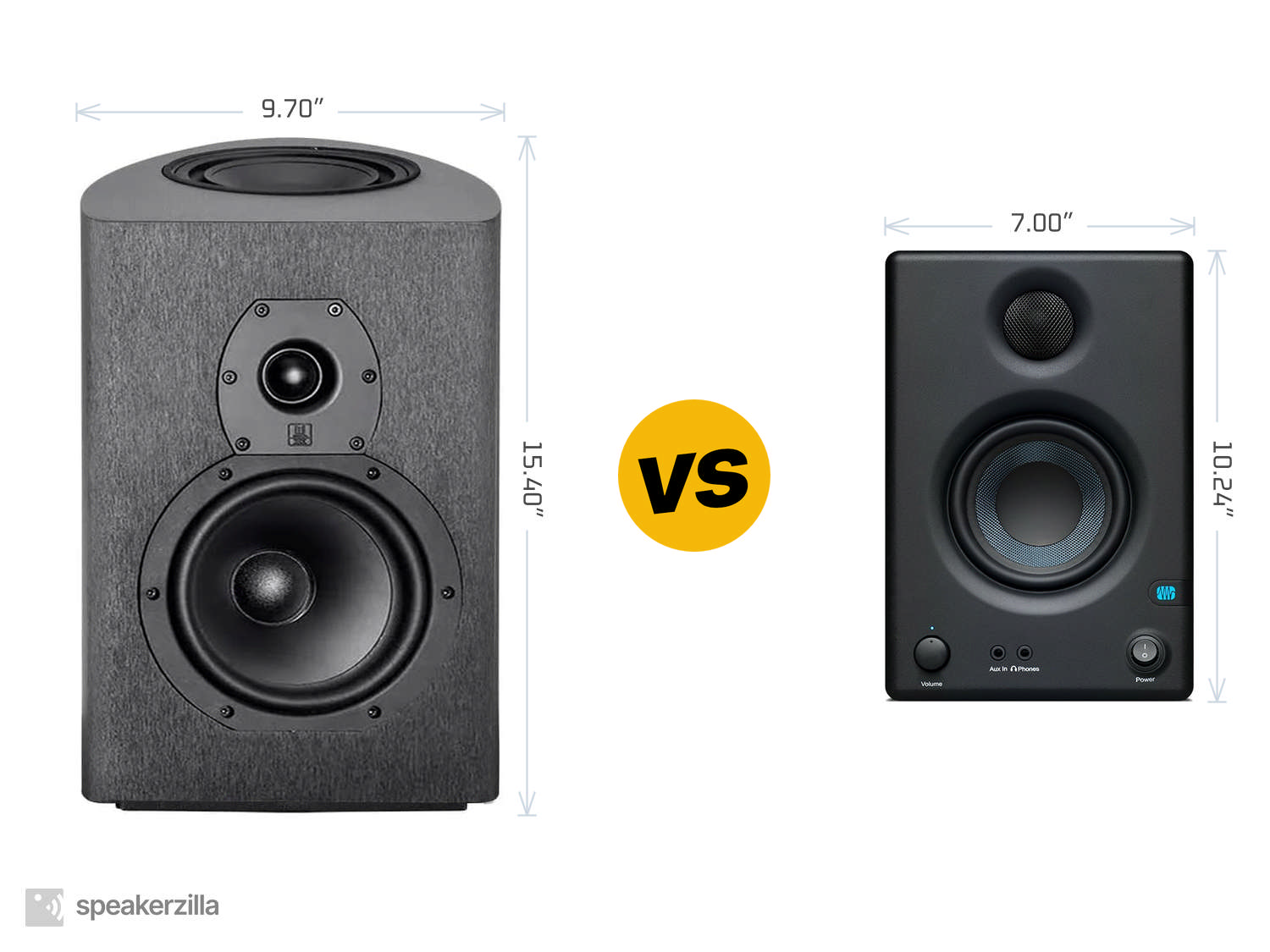
| Monoprice Monolith THX-265B Bookshelf Speakers | Presonus Eris E3.5 3.5” Near Field Studio Monitor |
| MSRP | |
| $800 | $100 |
| Dimensions (H × W × D) | |
|
15.40” × 9.70” × 11.40” 391mm × 246mm × 290mm |
10.24” × 7.00” × 7.68” 260mm × 178mm × 195mm |
| Power Type | |
| Passive | Powered |
| Frequency Response | |
| 65-24,000 Hz | 80-20,000 Hz |
| ASR Score | |
| n/a | 1.5 |
| ASR Score w/Subwoofer | |
| n/a | 4.3 |
|
Amazon.com
|
Amazon.com
|
Key Takeaways
TLDR Summary: In the realm of sonic clarity and precision, the Monoprice Monolith THX-265B Bookshelf Speakers boast THX certification, offering an enveloping soundstage with refined bass and midrange performance. They are ideal for audiophiles seeking a cinematic experience in the comfort of their home. Conversely, the PreSonus Eris E3.5 Studio Monitors are compact powerhouses offering accurate sound reproduction at an affordable price. Geared towards content creators and musicians, they provide a flat response for mixing and mastering duties. Both speakers cater to different audiences—home theater enthusiasts versus budding producers—promising quality audio in their respective domains.
Speaker Comparison
When it comes to audio, the dichotomy between studio monitors and home speakers is often a topic of heated debate. On one side, we've got the Monoprice Monolith THX-265B Bookshelf Speakers, heralding a cinematic experience that's accessible to the everyday audiophile. On the other hand, the Presonus Eris E3.5 3.5” Near Field Studio Monitors offer a no-nonsense, accuracy-focused soundscape that's essential for audio production. Both bring something unique to the table, but how do they fare when we put them side by side?
Design and Build Quality
The Monoprice Monolith THX-265B speakers boast a robust design that exudes a certain gravitas, with a larger footprint and a weight that promises stability and a resonance-free experience. The cabinet's construction, complete with a black wood veneer, gives it a classic, timeless look that will blend seamlessly with any decor. In contrast, the Presonus Eris E3.5 has a more utilitarian, compact design, aimed at saving precious desk space while still offering a solid build. This approach makes it a perfect fit for smaller studios or desktop setups where space is at a premium.
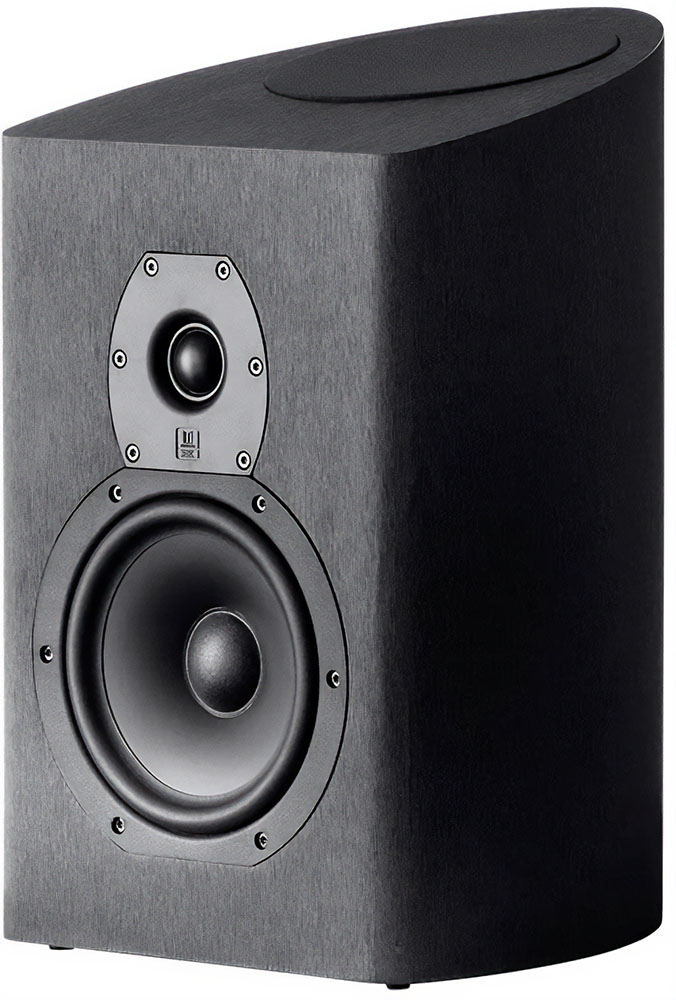
 (at Amazon.com)
(at Amazon.com)Sound Quality: The Listening Experience
Diving into the sound, the Monolith THX-265B delivers a wide soundstage with a commendably flat frequency response for a home speaker. Its sound is characterized by deep, controlled bass, clear mids, and crisp highs, thanks in part to its THX certification, which ensures cinematic audio reproduction. The sound is full-bodied and enveloping, which is excellent for movies and music alike. Meanwhile, the Eris E3.5, with its 3.5-inch woven composite drivers, provides a more intimate soundstage, ideal for detail-oriented tasks. The sound is extremely accurate, which is what you'd expect from a studio monitor, allowing you to hear the most nuanced elements in a mix.
Where the Monolith shines in its THX-driven grandeur, the Eris E3.5 excels in its transparency. The tiny titan delivers an honest, uncolored sound that reveals the true nature of the recording, warts and all. This characteristic is essential for audio mixing and mastering, where the truth, no matter how harsh, is paramount. The Presonus monitors provide an excellent midrange clarity that helps to isolate vocals and lead instruments, a crucial factor for sound engineers and producers.
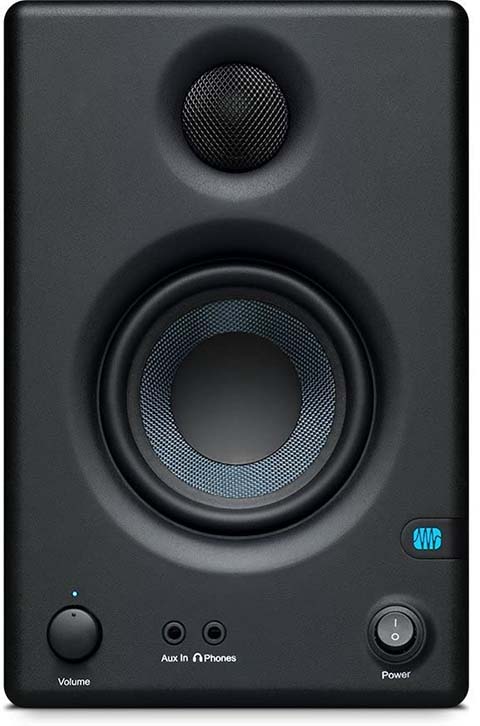
 (at Amazon.com)
(at Amazon.com)Functionality and Versatility
Functionality is another important aspect to consider. The Monolith THX-265B, with its passive design, requires an external amplifier or receiver to sing. This requirement can be a boon for enthusiasts who already have a high-quality amplification system in place and are looking to upgrade their speakers without altering the rest of their setup. Conversely, the Eris E3.5 is a pair of active monitors, meaning they have built-in amplification and can be plugged directly into a sound source without the need for additional equipment.
Compare to similar speakers
The Monolith's passive nature allows for more versatility in terms of amplification choices, which can significantly alter the final sound. Tube amp lovers or those with an affinity for solid-state muscle can pair their preferred amp to tailor the listening experience. On the other hand, the Eris E3.5's active design simplifies the signal chain, which can be a significant advantage for those seeking a plug-and-play solution or working within the confines of a tight workspace.
When it comes to inputs and connectivity, the Presonus E3.5 is particularly user-friendly, offering a variety of input options including TRS, RCA, and a front AUX in for easy connection to multiple audio sources. This flexibility is a boon for those who regularly switch between audio sources. The Monolith, being passive speakers, relies on the connectivity options of the chosen amplifier, which means the input variety is dependent on the user's existing setup.
Conclusion: Different Tools for Different Tasks
To conclude, the Monoprice Monolith THX-265B and the Presonus Eris E3.5 are both high-quality speakers, but they cater to different audiences and environments. The Monolith is the speaker of choice for the home theater enthusiast looking for an immersive audio experience. They are speakers that can fill a room with lush, cinematic soundscapes that are as impressive with movies as they are with music.
The Eris E3.5, on the other hand, is tailor-made for the home studio. They are the workhorses of near-field monitoring, providing the kind of sonic honesty that is crucial for critical listening tasks. They won't sugarcoat your audio, which is exactly what you need when you're mixing a track or editing a podcast. They serve truth, even when it's not what you want to hear, but exactly what you need to hear.
Ultimately, choosing between the Monolith THX-265B and the Presonus Eris E3.5 comes down to the intended use and personal preference. The Monolith excels in a home audio setup where the listener wants to be wrapped in sound, while the Eris E3.5 shines in a studio setting where accuracy is king. Both have their merits, and both deserve consideration from their respective audiences. For the audiophiles and the audio professionals alike, the quest for the perfect sound never ends, and these speakers are formidable contenders on that journey.
- Monoprice Monolith THX-265B reviews and FAQs
- Presonus Eris E3.5 reviews and FAQs
Check Current Prices: |
|
|
Amazon.com
|
Amazon.com
|
Affiliate Disclosure: As an Amazon Associate, we earn from qualifying purchases.
